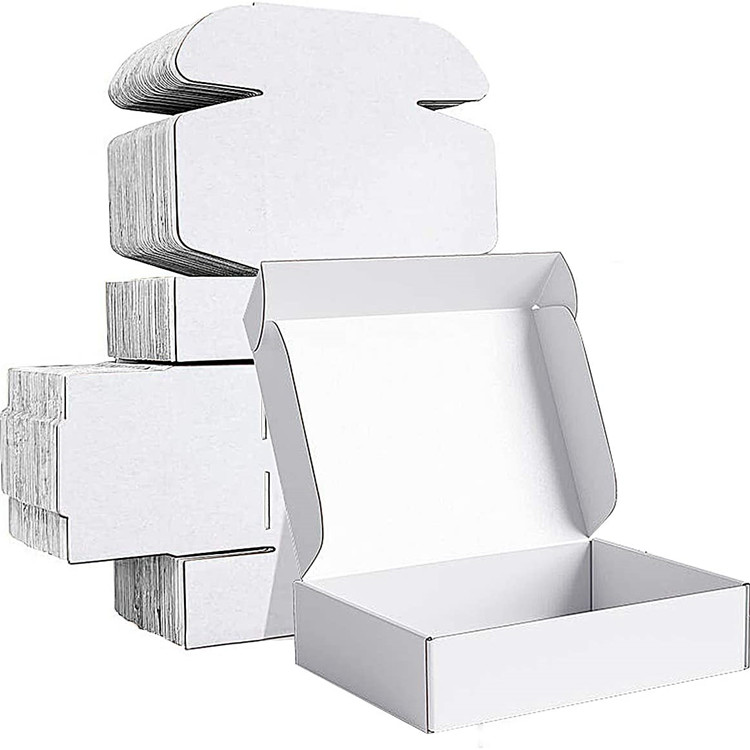Customize in HARMONY
To learn more about HPP
When it comes to the packaging industry, the ongoing debate between paper packaging and plastic packaging has become a major focal point. As consumers become more environmentally conscious, businesses are under pressure to choose the most sustainable option. This article aims to provide a comparative analysis of paper packaging and plastic packaging, exploring their pros and cons, environmental impacts, and potential future trends.

Paper packaging is widely recognized as a more eco-friendly alternative to plastic. It is renewable, recyclable, and biodegradable. Paper packaging also offers excellent print quality, making it an ideal choice for branding and marketing purposes. However, paper packaging has its downsides. It is generally more expensive to produce and can be less durable compared to plastic. It also requires more storage space due to its bulkiness, which can affect transportation and logistics costs.
Plastic packaging is known for its durability and flexibility. It is lightweight, easy to transport, and offers a longer shelf life for products. Plastic packaging also provides a higher level of protection against moisture and contaminants. However, plastic packaging carries significant environmental impacts. It is derived from non-renewable fossil fuels, takes hundreds of years to decompose, and often ends up in landfills and oceans, causing pollution and harm to wildlife.
When comparing the environmental impacts of paper packaging and plastic packaging, it is crucial to consider the entire life cycle of each material. While paper packaging has a smaller carbon footprint and can be recycled or composted more efficiently, it requires large amounts of water and energy during production. On the other hand, plastic packaging has a higher carbon footprint and takes a longer time to decompose, but its production requires less energy and water. The key lies in finding a balance between these environmental factors and identifying ways to mitigate the impacts.
As the world becomes more focused on sustainability, the future of packaging lies in finding innovative solutions that combine the best aspects of paper and plastic packaging. Companies are increasingly exploring alternative materials such as bioplastics and plant-based fibers that offer both durability and environmental benefits. Additionally, advancements in recycling technologies are being made to improve the recyclability of both paper and plastic packaging. The emphasis should be on reducing waste, promoting circular economy concepts, and educating consumers about the importance of responsible packaging choices.
In conclusion, the choice between paper packaging and plastic packaging is not a simple one. Each has its own pros and cons, and their environmental impacts need to be carefully considered. While paper packaging is often seen as a more sustainable option, advancements in technology and shifting consumer demands are pushing for a more balanced approach. Ultimately, it is the collective responsibility of businesses, policymakers, and individuals to find solutions that meet the needs of both the environment and the packaging industry.